Description
A book for clinicians and clients to use together that explains key concepts of body psychotherapy.
The body’s intelligence is largely an untapped resource in psychotherapy, yet the story told by the “somatic narrative”– gesture, posture, prosody, facial expressions, eye gaze, and movement — is arguably more significant than the story told by the words. The language of the body communicates implicit meanings and reveals the legacy of trauma and of early or forgotten dynamics with attachment figures. To omit the body as a target of therapeutic action is an unfortunate oversight that deprives clients of a vital avenue of self-knowledge and change.
Written for therapists and clients to explore together in therapy, this book is a practical guide to the language of the body. It begins with a section that orients therapists and clients to the volume and how to use it, followed by an overview of the role of the brain and the use of mindfulness. The last three sections are organized according to a phase approach to therapy, focusing first on developing personal resources, particularly somatic ones; second on utilizing a bottom-up, somatic approach to memory; and third on exploring the impact of attachment on procedural learning, emotional biases, and cognitive distortions. Each chapter is accompanied by a guide to help therapists apply the chapter’s teachings in clinical practice and by worksheets to help clients integrate the material on a personal level.
The concepts, interventions, and worksheets introduced in this book are designed as an adjunct to, and in support of, other methods of treatment rather than as a stand-alone treatment or manualized approach. By drawing on the therapeutic relationship and adjusting interventions to the particular needs of each client, thoughtful attention to what is being spoken beneath the words through the body can heighten the intimacy of the therapist/client journey and help change take place more easily in the hidden recesses of the self.
100 illustrations

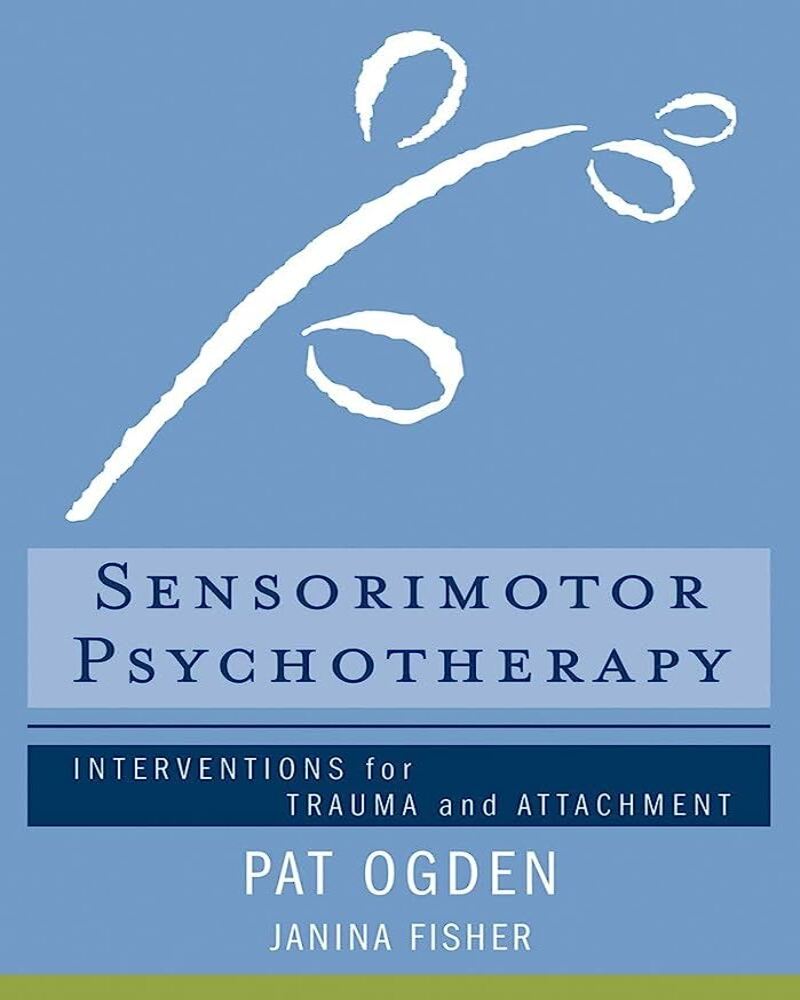




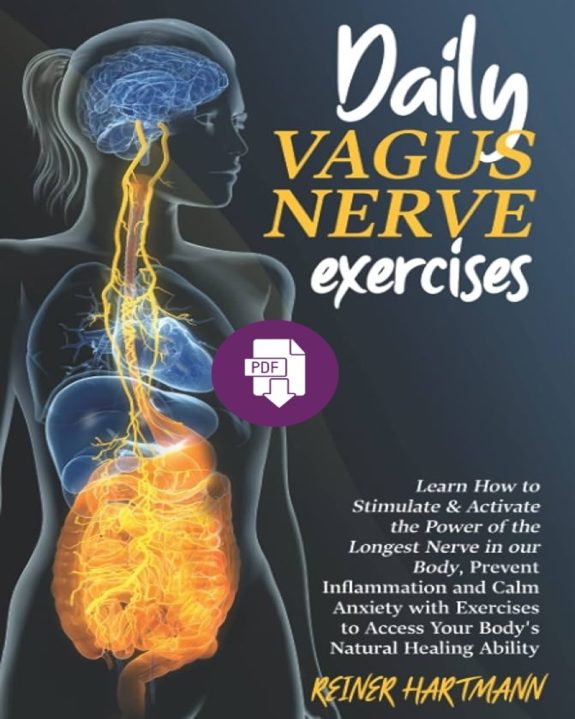



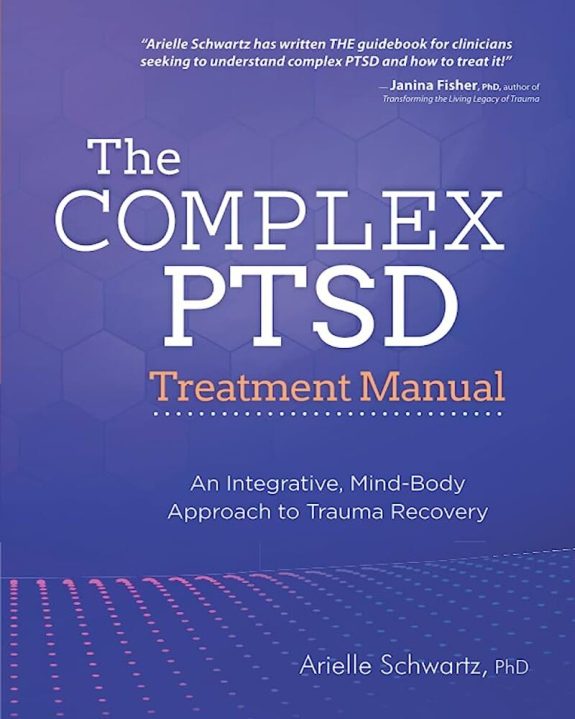

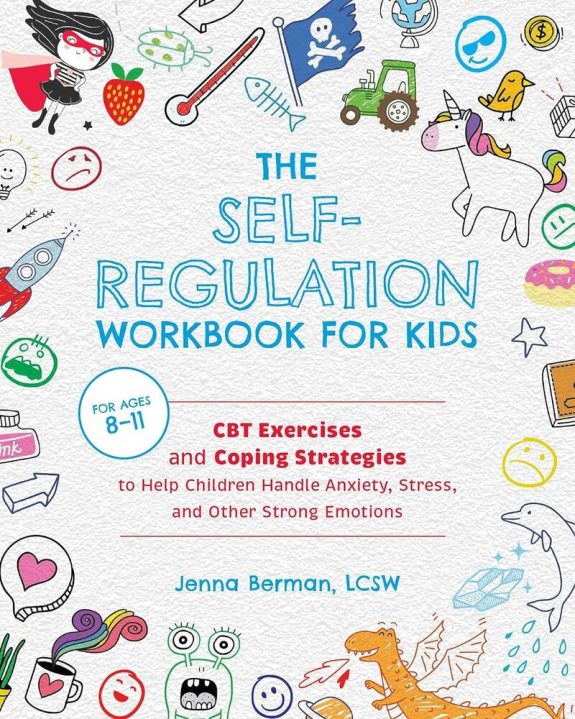

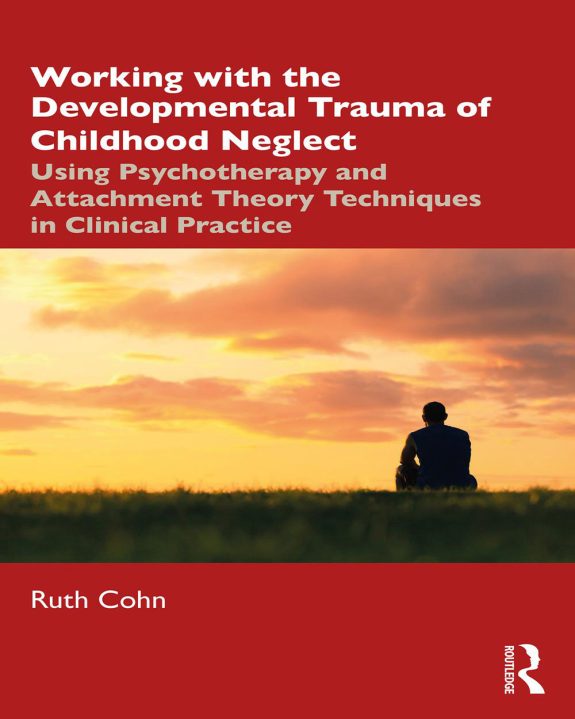
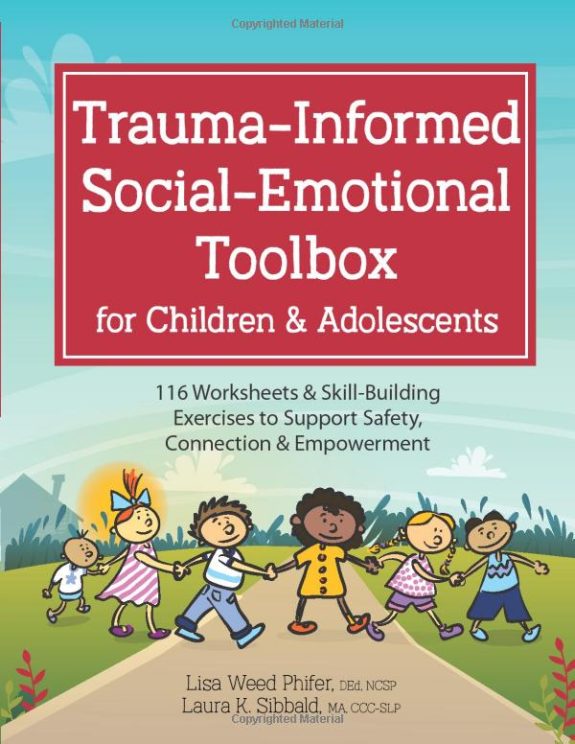

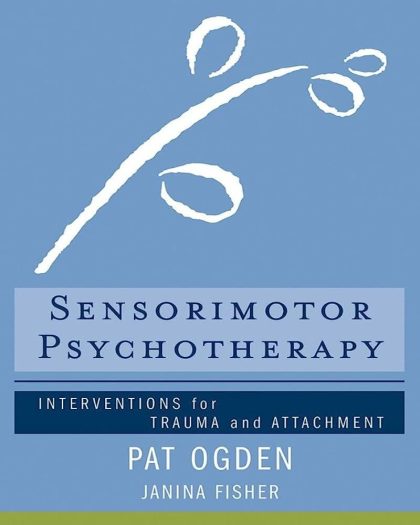
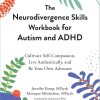
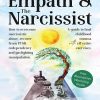
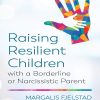
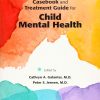
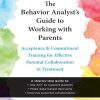
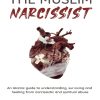

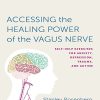
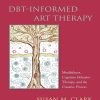
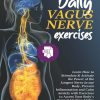
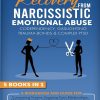


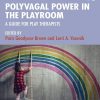
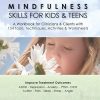
I love this book. Although the title might bring to mind a book only for psychotherapists, the book itself is an ”inside-out” description of how the legacy of trauma shows up in our everyday life and the steps we can take go heal it. Compassionate, knowledgeable and writing that reflects back how trauma really feels.
Invaluable resource and highly recommended!
So much straightforward and eye opening information. Not a poor me self help book at all. Tons of great knowledge. You can download just the worksheets alone if you don’t want to use em up in the book first go around.
My therapist and I have struggled to find therapeutic resources to augment our therapeutic work together in a way that I’ve found meaningful. I’m only 4 chapters into this book, and it’s already been a game changer. Dr. Ogden’s writing is easy to understand and her approach to trauma therapy is not restricting nor is it meant to overwhelm you. In fact, the whole goal is to be able to go to those places you need to go for healing without becoming too overwhelmed. Up until now, I’ve only found books that either pushed to far or restricted me to only working on present day coping not allowing for the necessary work to free me from my past trauma.
This is not a book to do on your own. It is meant to be utilized with your therapist, and I can easily see why that is the recommendation. If you haven’t found any treatment modalities so far that have really helped or resonated with you, I highly recommend you suggest this book to your therapist as a resource you both can utilize in your therapy work together.
A must read good book to help you and your loved one to live in today’s censorship life.
Particularly when stress and bully became trauma in our daily life at classrooms and working places.
Our bodies carry our history, and to the trained eye reveals details of that history. I’m only a hundred pages into it, but greatly appreciate Pat Ogden’s work and that she has shared with the world the fruit of her research.